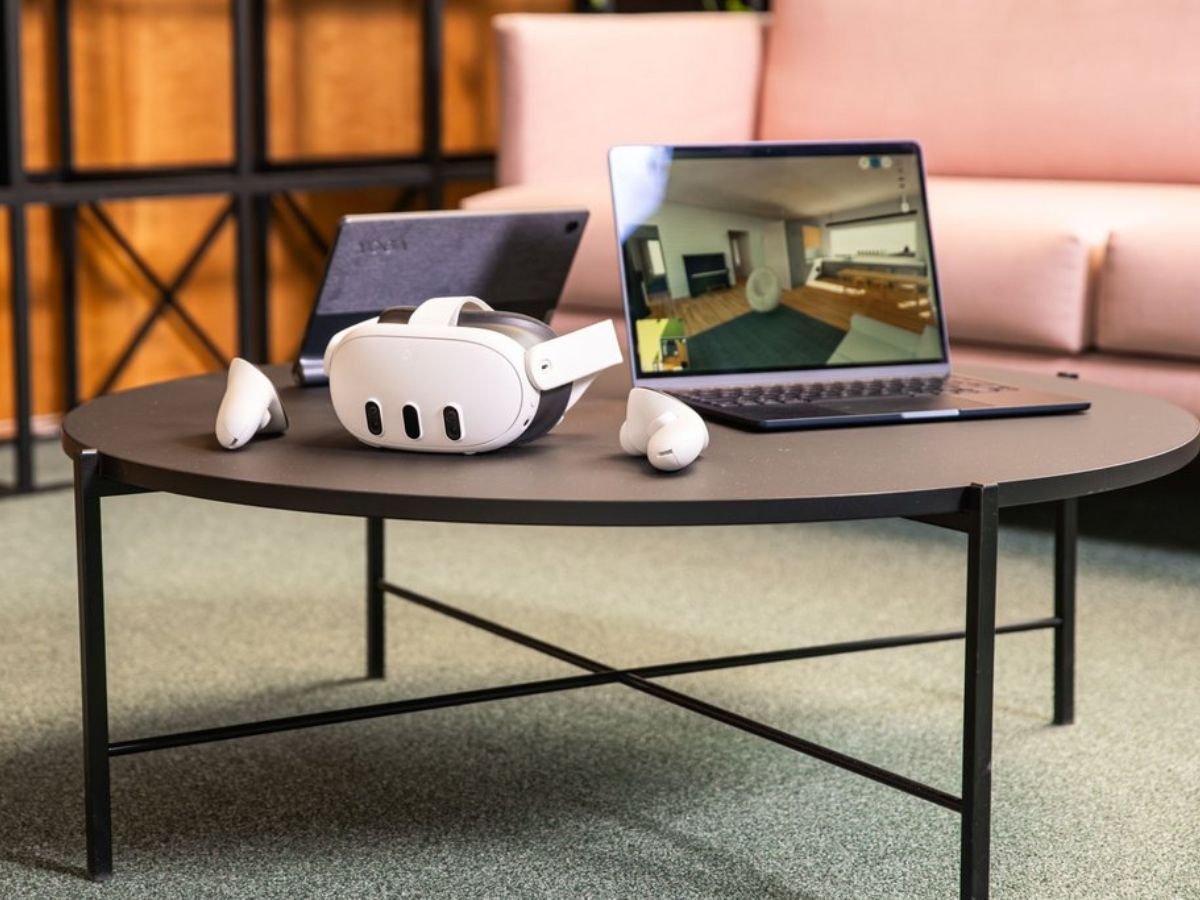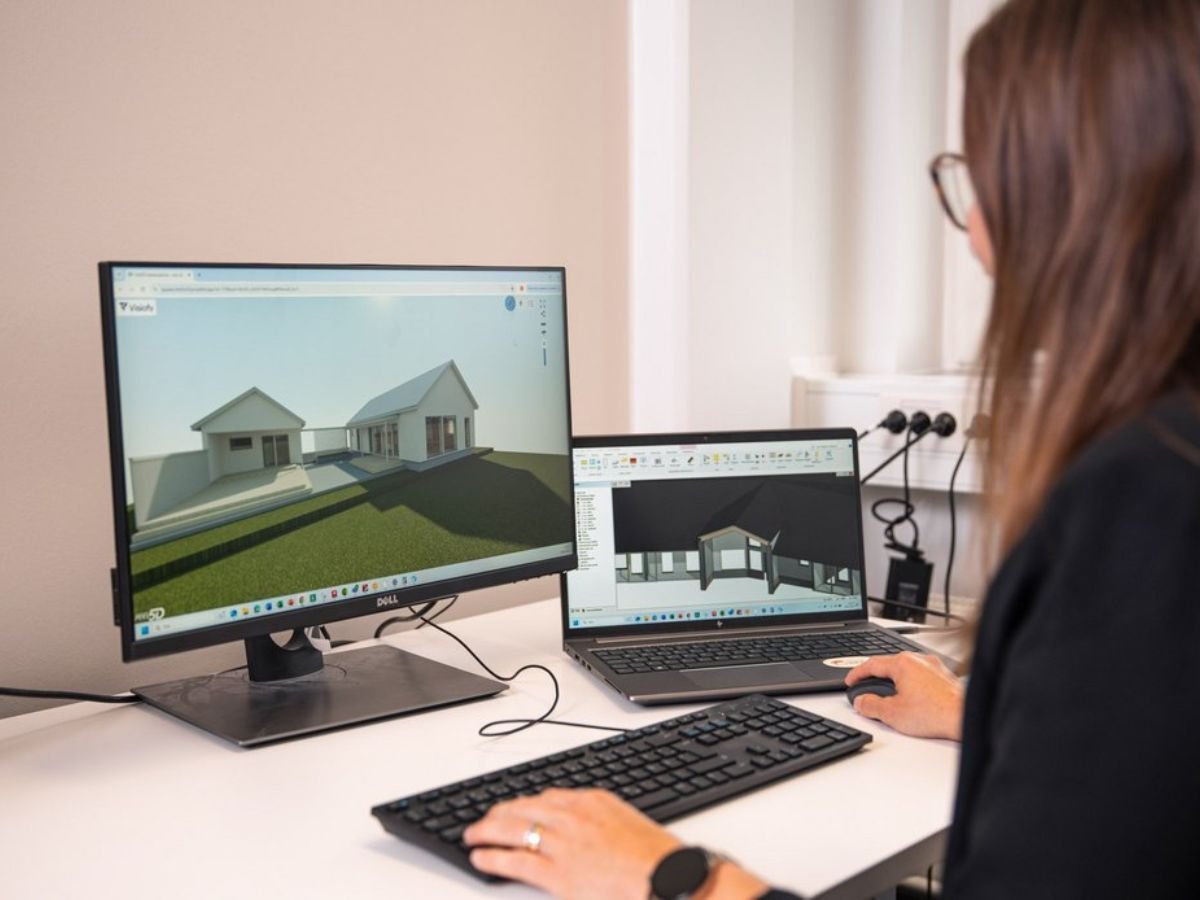
How is VR Used in Architecture?
Virtual reality (VR) is no longer a futuristic concept — it’s a practical tool that’s reshaping how architecture is designed, reviewed, and presented. From early concept development to post-construction marketing, VR helps architects, clients, and stakeholders experience buildings in ways traditional drawings and renderings can’t match.
In this article, we’ll explore the different ways VR is used in architecture, the tools that make it possible, and why the technology is becoming essential in modern architectural workflows.
1. Design Development and Iteration
VR allows architects to step inside their design while it's still evolving. Instead of relying solely on 2D plans and screen-based 3D models, designers can:
-
Experience proportions and spatial flow at full scale
-
Identify awkward transitions or pinch points early
-
Make real-time changes with greater confidence
Platforms like Enscape, Twinmotion, and browser-based tools like Visiofy make it easy to view design changes instantly — no rendering queues required.
2. Client Presentations and Approvals
For many clients, interpreting drawings and 3D renders can be a challenge. VR bridges that gap by offering a natural, intuitive way to explore a design:
-
Walk through rooms, hallways, and outdoor areas
-
Understand furniture scale and layout
-
Build emotional connection with the future space
This immersive experience reduces uncertainty, builds trust, and helps accelerate approvals.
3. Remote Collaboration
With browser-accessible VR platforms, architecture teams can now present and review projects without being in the same room. Especially useful in global projects or hybrid teams, VR enables:
-
Virtual walkthroughs during design critiques
-
Real-time feedback without needing to export large files
-
Better alignment between architects, engineers, and consultants [How to Share a VR Tour Without a Headset]
4. Marketing and Real Estate Sales
Developers and real estate professionals increasingly use VR to pre-sell unbuilt properties. Instead of relying on artist impressions or show homes, they offer:
-
Interactive walkthroughs embedded on websites
-
VR stations at sales offices or trade shows
-
Mobile-accessible tours for buyers on the go
It’s especially impactful for off-plan sales, where buyers need to trust what they can’t yet see.
🔗 The Home Buyer’s Journey – What the Future Homeowner Experiences
🔗 Virtual Walkthrough vs Render: What’s the Difference?
5. Portfolio and Competition Submissions
Architecture students and professionals alike are enhancing portfolios with immersive VR content. This goes beyond flat layouts to show how a design feels in space:
-
Use QR codes or embed links to showcase walkthroughs
-
Highlight spatial understanding and digital fluency
-
Differentiate from traditional portfolios with added interactivity
🔗 The Ultimate Guide to Creating a Stunning Architecture Portfolio
6. Construction and Facility Planning
Some firms extend VR into the construction phase for logistical planning and stakeholder walkthroughs. This includes:
-
Verifying room usage and layout accuracy
-
Planning for accessibility and equipment installation
-
Onboarding building owners or users with virtual orientations
Though more common in commercial builds, this use is gaining traction in residential development too.
7. Post-Occupancy Experience and Archiving
VR isn’t only useful before construction. Architects are starting to document completed work as immersive experiences that can:
-
Be used for awards or exhibitions
-
Serve as case studies for future projects
-
Act as digital archives of work for firms or clients
This long-term value is often overlooked — but growing in relevance.
Is a VR Headset Required?
No — while headsets like Meta Quest offer full immersion, many VR architecture tools support viewing on desktops, tablets, and phones.
Tools like Visiofy allow users to share and explore walkthroughs with nothing more than a web link. However, for architectural presentations or events, headsets remain a powerful, memorable experience.
Conclusion
From early design to final presentation, VR is transforming architecture into a more interactive, collaborative, and emotionally engaging process. Whether you're running a design review, selling a home, or submitting to a jury, virtual walkthroughs offer unmatched clarity and impact.
And best of all, it's more accessible than ever — no coding, rendering farms, or expensive setups needed.
Ready to explore VR for your practice?
🔗 Try Visiofy Free | 🔗 Book a Demo
Related Reads


